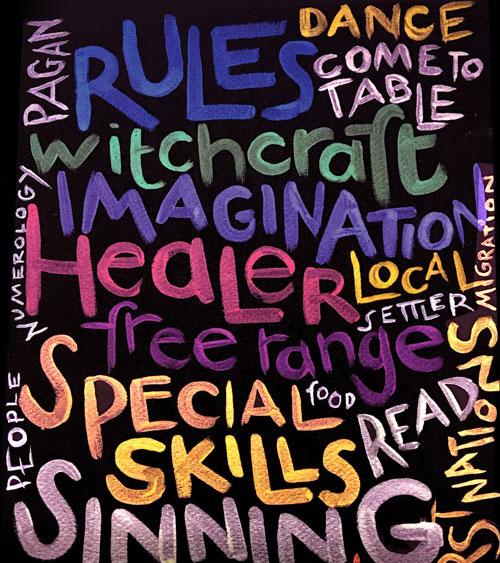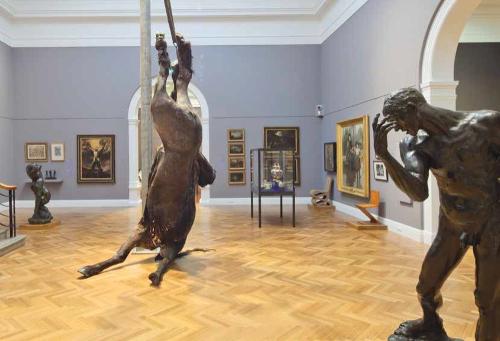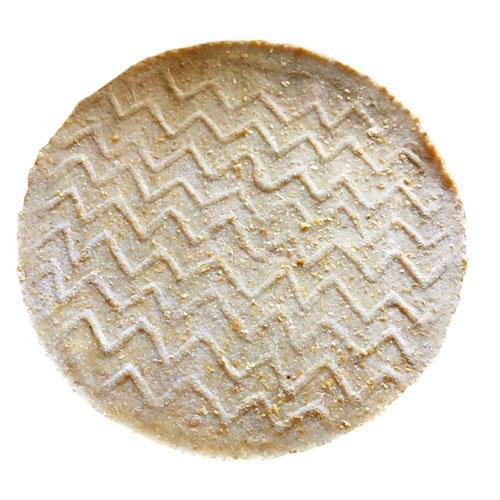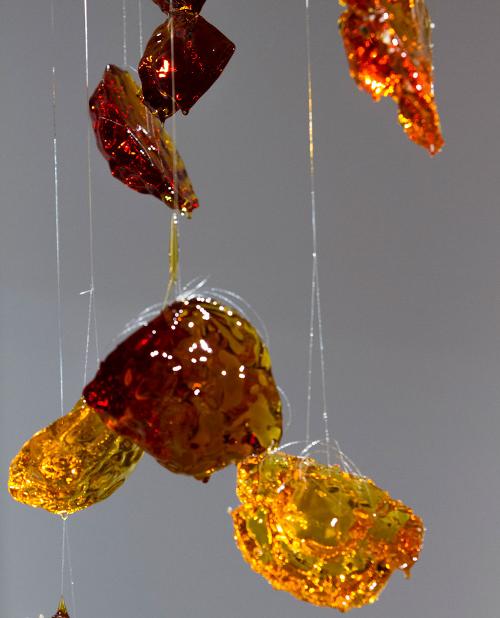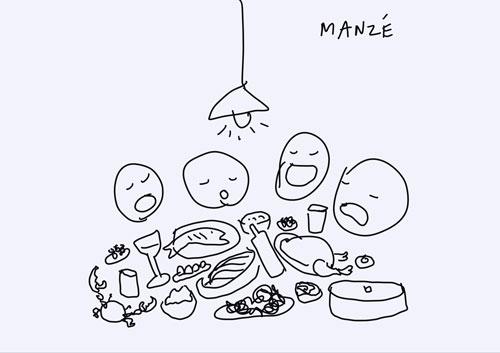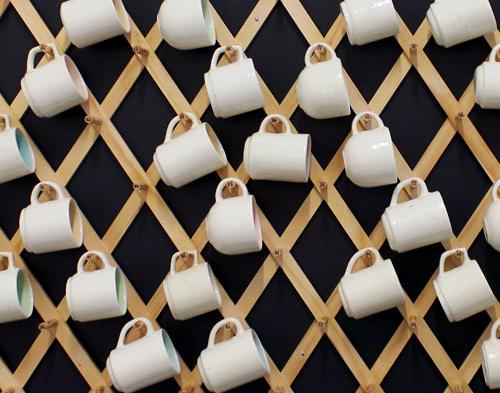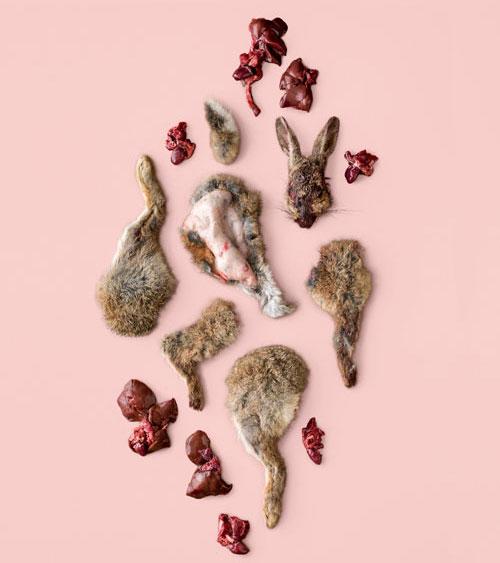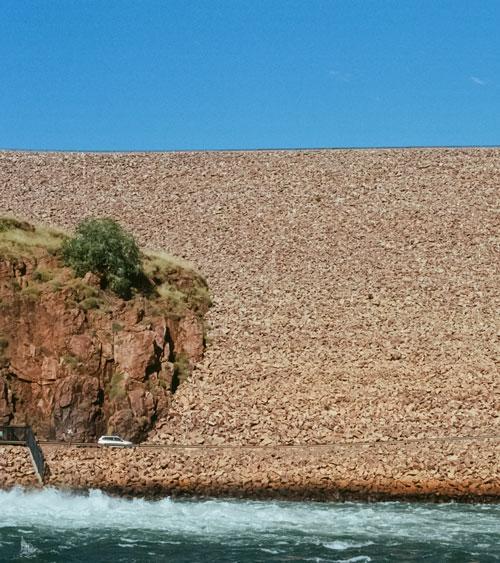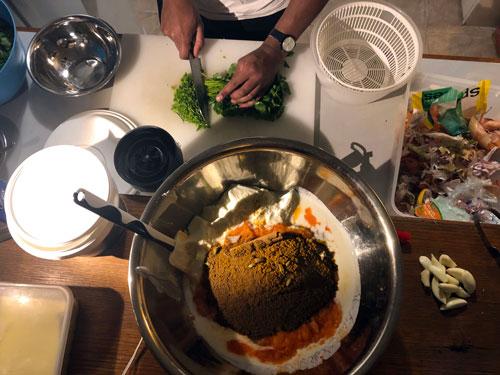Bunha-bunhanga: Once these were lands of plenty
A party of Yolŋu men, standing in shallow bark canoes, are using poles to push through the waters of the Arnhem wetlands in Rolf de Heer’s Ten Canoes (2006), a tale of seasonal hunting of magpie geese eggs. Set in a timeless present, and commissioned by the Yolŋu community, the film is a visionary recuperation of traditional Yolŋu life suffused with stories of law and the Dreaming. Throughout, laughter and camaraderie accompany the stages of the hunt, from the stripping and fire seasoning of the bark to the final cook-up of the geese eggs.

